Effects of Tunnel and Its Ventilation Modes on the Aerodynamic Drag of a Subway Train
Abstract
:1. Introduction
2. Measurement Details
2.1. Measurement of τw
2.2. Measurement of Pf and Pl
3. Measurement Results
3.1. Effects of Tunnel Ventilation Modes on the Temperature
3.2. Train Speed Distribution
3.3. Measured τw
3.4. Measurement Results of Pf and Pl
4. Discussion
4.1. Effects of Tunnel and Tunnel Ventilation Modes on τwa
4.2. Effects of Tunnel and Tunnel Ventilation Modes on Pf
5. Conclusions
Author Contributions
Funding
Institutional Review Board Statement
Informed Consent Statement
Data Availability Statement
Acknowledgments
Conflicts of Interest
References
- Raghunathan, R.S.; Kim, H.D.; Setoguchi, T. Aerodynamic of high-speed railway train. Pro. Aerospace Sci. 2002, 38, 469–514. [Google Scholar] [CrossRef]
- Schetz, J.A. Aerodynamics of high-speed trains. Annu. Rev. Fluid Mech. 2001, 33, 371–414. [Google Scholar] [CrossRef] [Green Version]
- Vardy, A.E. Aerodynamic drag on trains in tunnels: Synthesis and definitions. Proc. World Congr Inst. Mech. Eng. 1996, 210, 29–38. [Google Scholar] [CrossRef]
- Vardy, A.E. Aerodynamic drag on trains in tunnels: Prediction and validation. Proc. World Congr Inst. Mech. Eng. 1996, 210, 39–49. [Google Scholar] [CrossRef]
- Gawthorpe, R.G. Aerodynamics of trains in the open air. Railw. Eng. Int. 1978, 3, 7–12. [Google Scholar]
- Mackrodt, P.A.; Steinheuer, J.; Stoffers, G. Aerodynamishc Optimal Kopfformen Für Triebzüge, DFVLR IB 152 79 A27; DFVLR: Gottingen, Germany, 1980. [Google Scholar]
- Zhang, B.; Liang, X.F. Measurement of surface pressure distribution on quasi-high-speed train. Railw. Veh. 2000, 38, 14–16. [Google Scholar]
- Sockel, H. The aerodynamics of trains. Handbook of Fluid Dynamics and Fluid Machinery; Elsevier: Amsterdam, The Netherlands, 2013. [Google Scholar]
- Wei, T.; Schmidt, R.; McMurtry, P. Comment on the Clauser chart method for determining the friction velocity. Exp. Fluids 2005, 38, 695–699. [Google Scholar] [CrossRef]
- Brockie, N.J.W.; Baker, C.J. The aerodynamic drag of high-speed trains. J. Wind Eng. Ind. Aerodyn. 1990, 34, 73–90. [Google Scholar] [CrossRef]
- Preston, J.H. The estermination of turbulent skin friction by means of Pitot tubes. J. Royal Aero. Soc. 1954, 58, 109–121. [Google Scholar] [CrossRef]
- Head, M.R.; Rechenberg, I. The Preston tube as a means of measuring skin friction. J. Fluid Mech. 1962, 14, 1–17. [Google Scholar] [CrossRef]
- Vardy, A.E.; Reinke, P. Estimation of train resistance coefficients in tunnels from measurements during routine operation. Proc. Instn. Mech. Engrs. 1999, 213, 71–87. [Google Scholar] [CrossRef]
- Gaillard, M.A. Aerodynamic measurements with high-speed trains (250 km/hr) in the Heitersburg tunnel. In Proceedings of the 3rd International Symposium on the Aerodynamics and Ventilation of Vehicle Tunnels, Sheffield, UK, 19–21 March 1979; pp. 343–362. [Google Scholar]
- Ricco, P.; Baron, A.; Molteni, P. Nature of pressure waves induced by a high-speed train travelling through a tunnel. J. Wind Eng. Ind. Aerod. 2007, 95, 781–808. [Google Scholar] [CrossRef]
- Gilbert, T.; Baker, C.J.; Quinn, A. Gusts caused by high-speed trains in confined spaces and tunnels. J. Wind Eng. Ind. Aerod. 2013, 121, 39–48. [Google Scholar] [CrossRef] [Green Version]
- Yuan, H.; Zhou, D.; Shuang, M. Study of the unsteady aerodynamic performance of an inter-city train passing through a station in a tunnel. Tunn. Undergr. Space Technol. 2019, 86, 1–9. [Google Scholar] [CrossRef]
- Zeng, L.W.; Wang, H.F.; Li, L.Q.; Guo, W.; Yi, F.M. Experimental study of train-induced pressure acting on the platform screen doors in subway station. Tunn. Undergr. Space Technol. 2021, 117, 104105. [Google Scholar] [CrossRef]
- Kim, J.Y.; Kim, K.Y. Experimental and numerical analyses of train-induced unsteady tunnel flow in subway. Tunn. Undergr. Space Technol. 2007, 22, 166–172. [Google Scholar]
- Bai, H.L.; Zhou, Y.; Zhang, W.G.; Xu, S.J.; Wang, Y.; Antonia, R.A. Active control of a turbulent boundary layer based on local surface perturbation. J. Fluid Mech. 2014, 750, 316–354. [Google Scholar] [CrossRef]
- Brockie, N.J.W. The Aerodynamic Drag of High-Speed Trains. Ph.D. Thesis, University of Nottingham, Nottingham, UK, 1988. [Google Scholar]
- Huang, J.F.; Zhou, Y.; Zhou, T.M. Three-dimensional wake structure measurement using a modified PIV technique. Exp. Fluids 2006, 40, 884–896. [Google Scholar] [CrossRef]
- Mazumder, M.K.; Wanchoo, S.; Mcleod, P.C.; Ballard, G.S.; Mozumdar, S.; Caraballo, N. Skin friction drag measurements by LDV. Appl. Opt. 1981, 20, 2832–2837. [Google Scholar] [CrossRef]
- Crane Company. Flow of Fluids through Values, Fittings and Pipe; Technical Paper No. 410; Vervante: Springville, UT, USA, 1988. [Google Scholar]
- Douglas, J.F.; Gasiorek, J.M.; Swaffield, J.A. Fluid Mechanics; Pearson Education: England, UK, 2001. [Google Scholar]
- Batchelor, G.K. An Introduction to Fluid Dynamics; Cambridge University Press: Cambridge, UK, 1973. [Google Scholar]
- Hancock, P.E.; Bradshaw, P. The effect of free-stream turbulence on turbulent boundary layers. J. Fluids Eng. 1983, 105, 284–289. [Google Scholar] [CrossRef]
- Kuzenkov, V.K.; Levitskii, V.N.; Repik, E.U.; Sosedko, Y.P. 1995 Effect of free-stream turbulence on surface friction in a turbulent boundary layer. Fluid Dyna. 1995, 30, 210–218. [Google Scholar] [CrossRef]
- Blair, M.F. Influence of free-stream turbulence on turbulent boundary layer heat transfer and mean profile development, Part I-Experimental data. J. Heat Trans. 1983, 105, 33–40. [Google Scholar] [CrossRef]
- Dyban, Y.P.; Epik, E.Y.; Kozlova, L.G. Effect of free stream turbulence on the flow past a circular cylinder. Fluid Mech. Sov. Res. 1974, 3, 75–83. [Google Scholar]
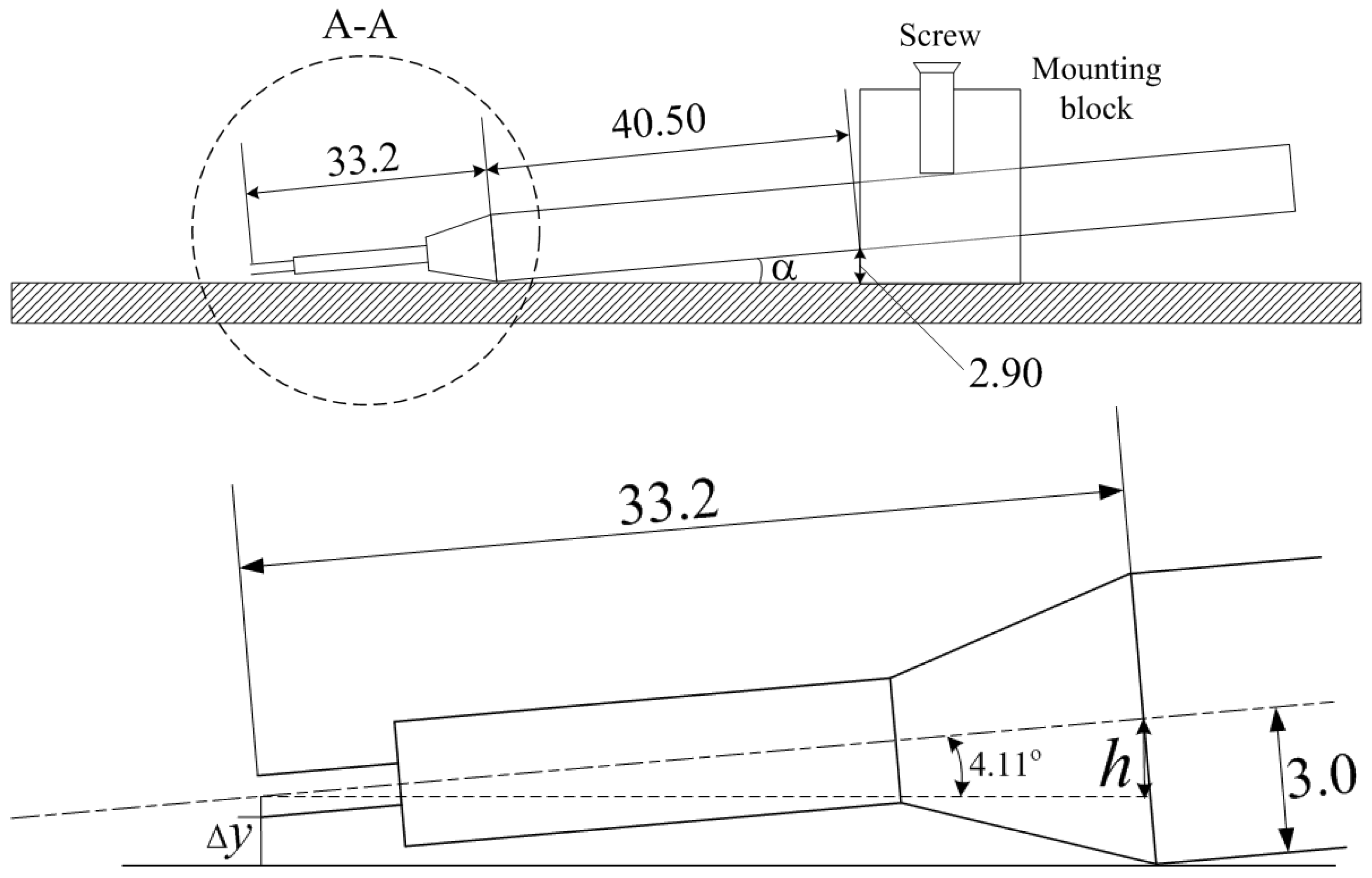

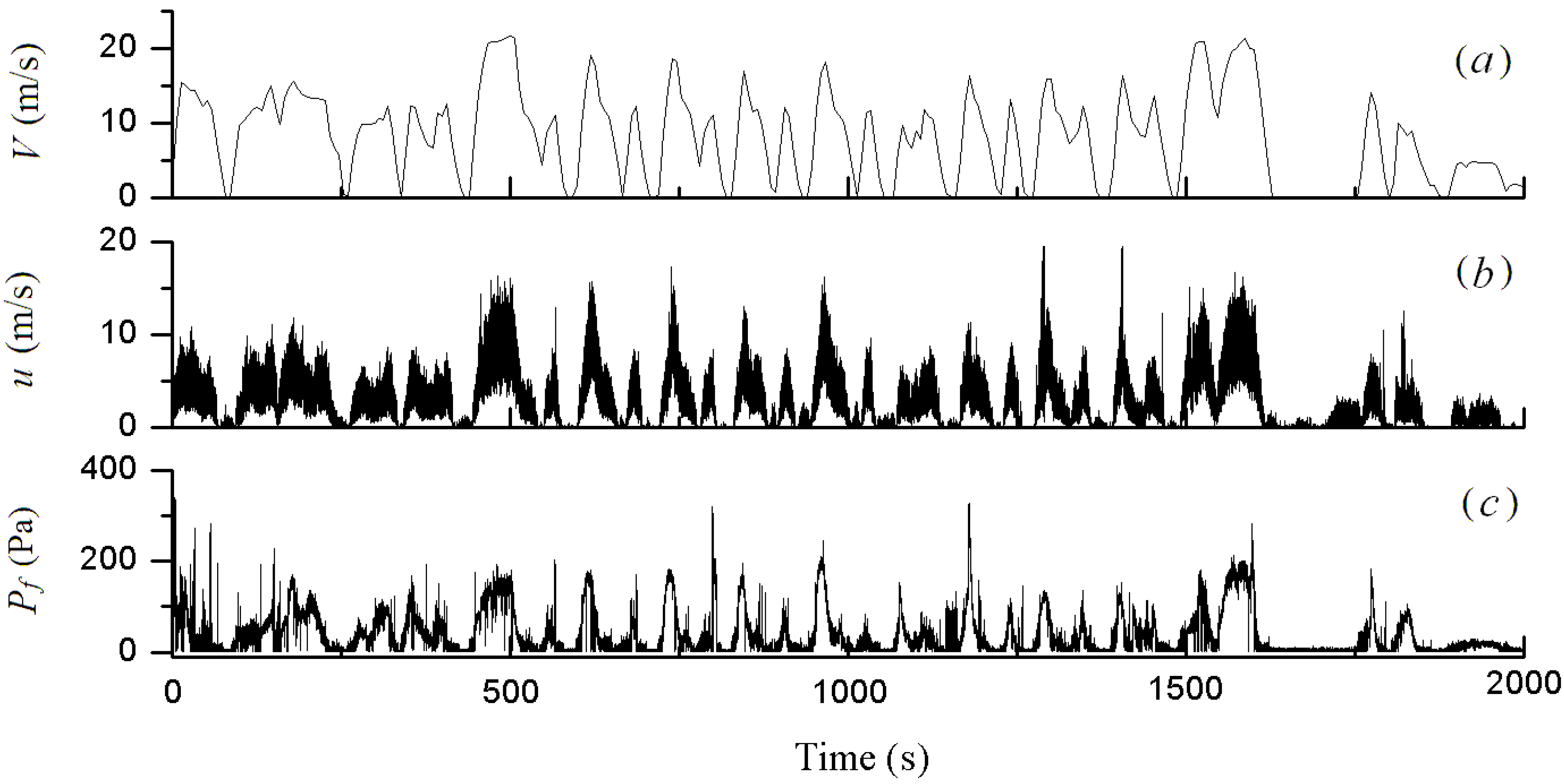
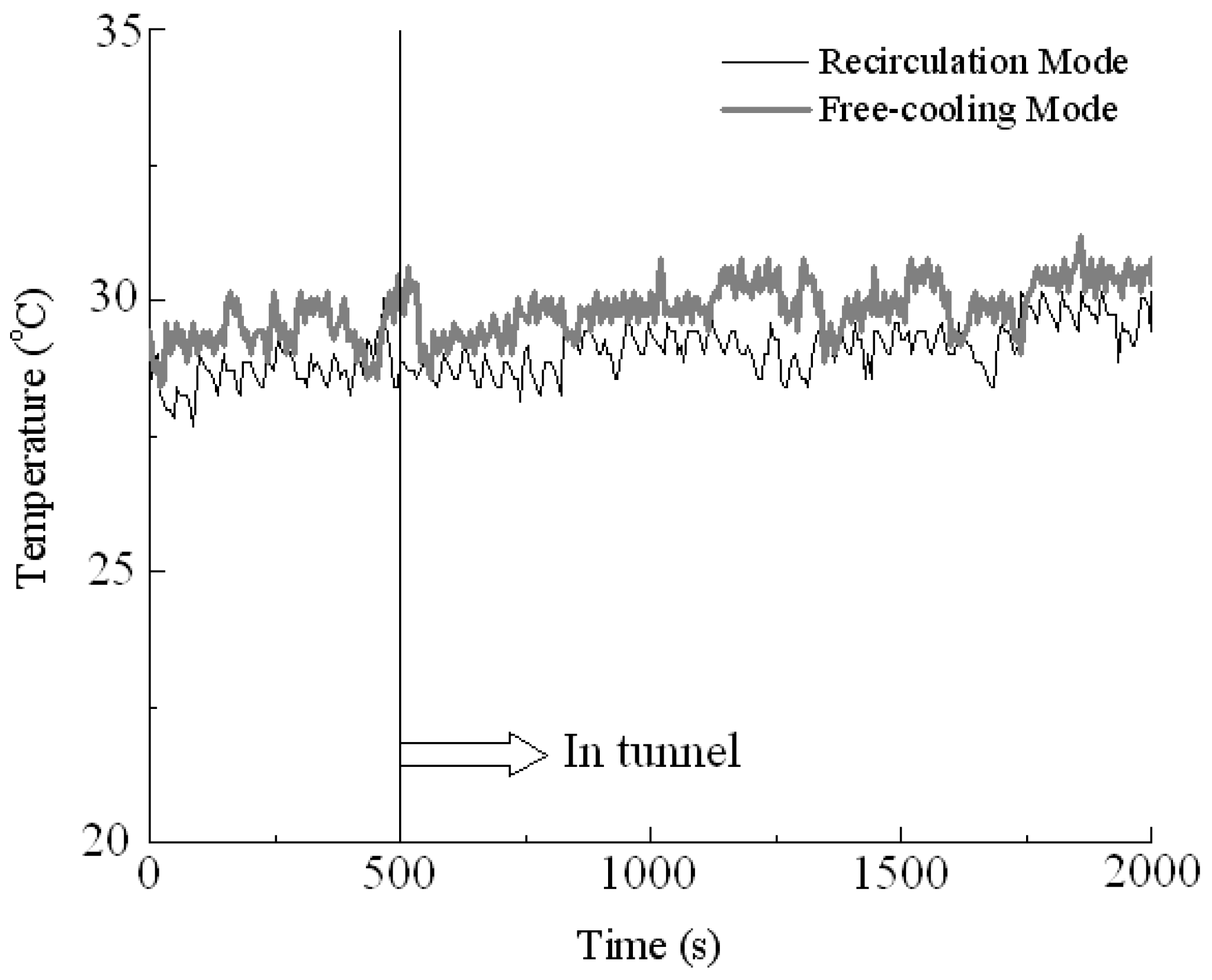
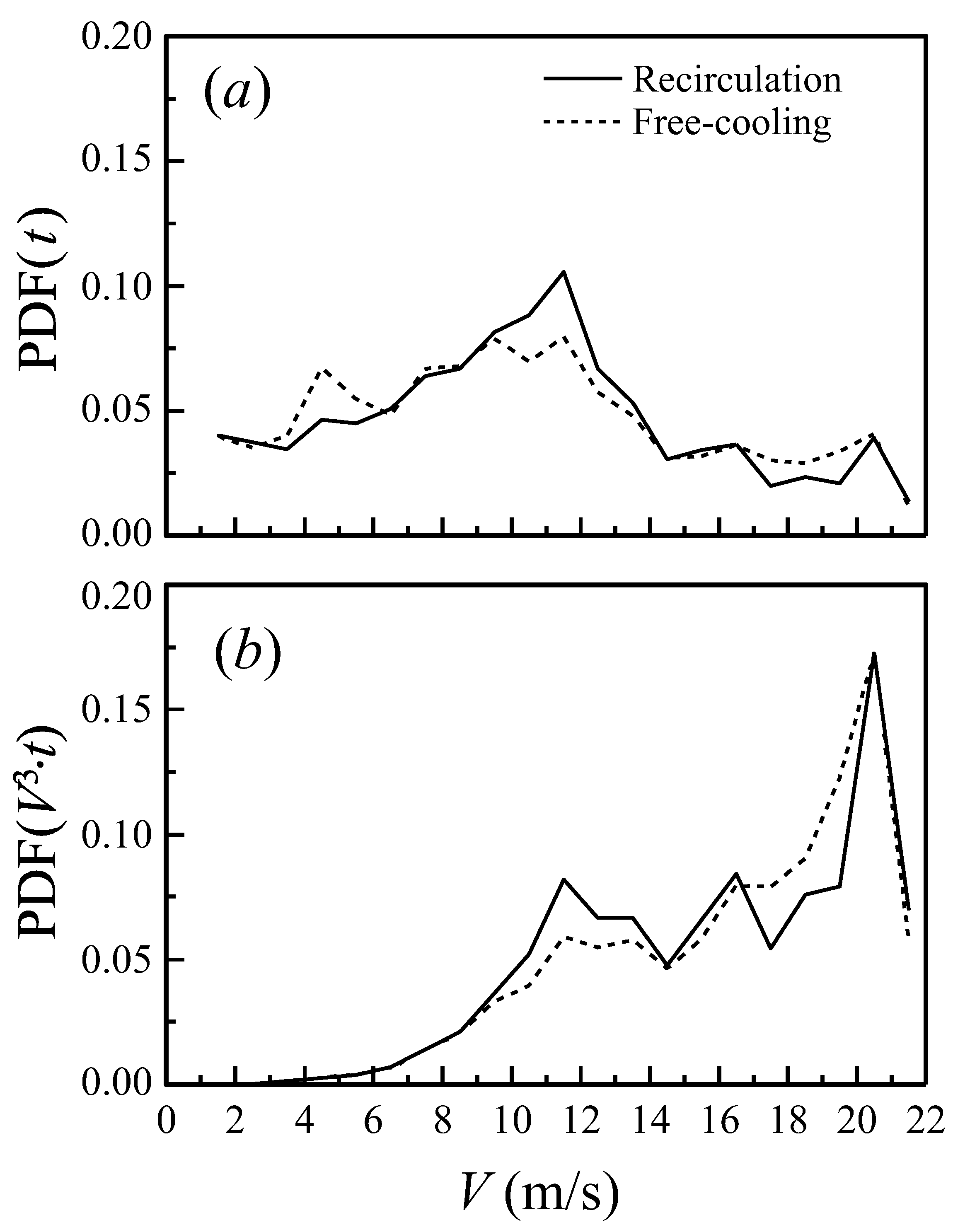

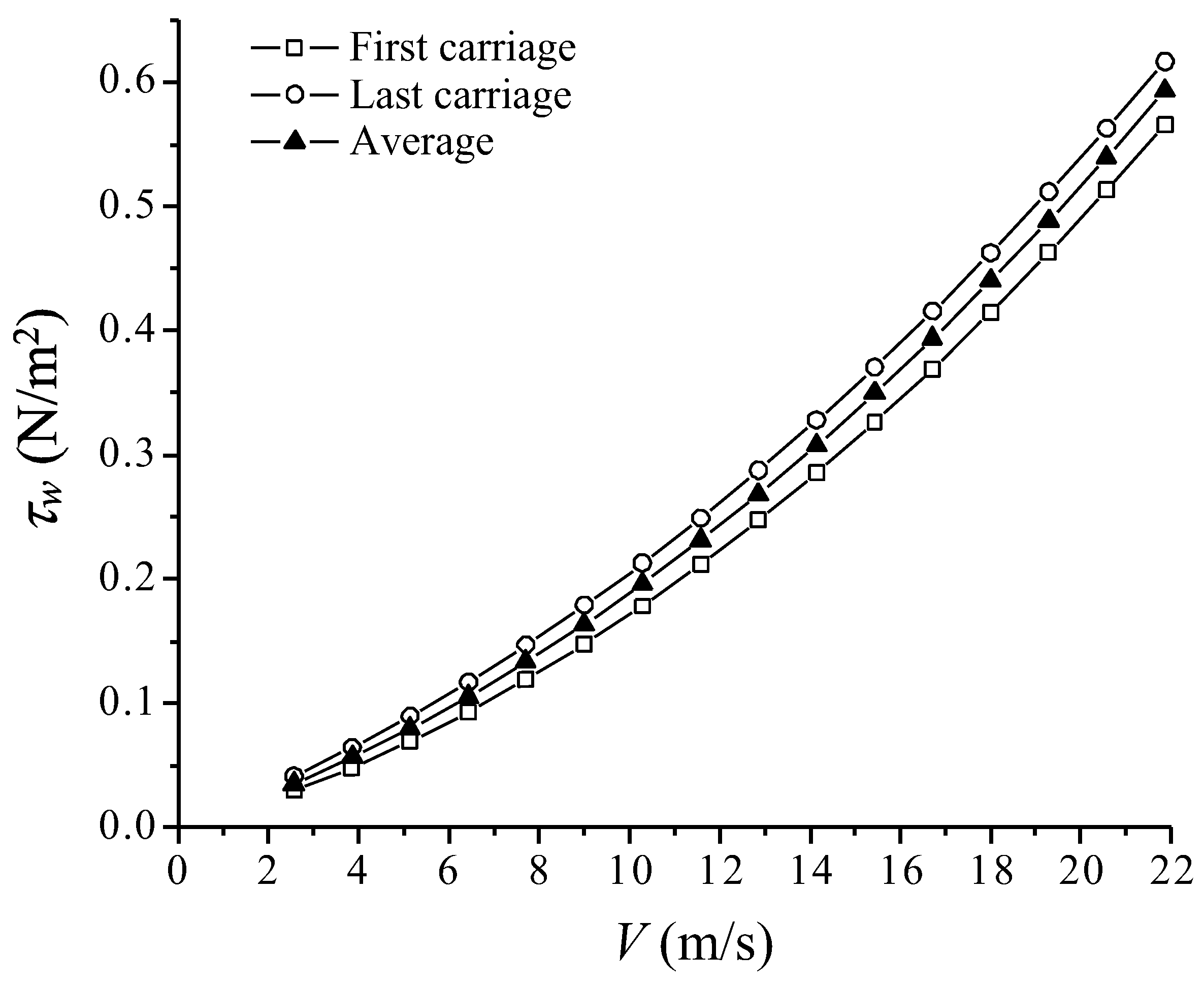
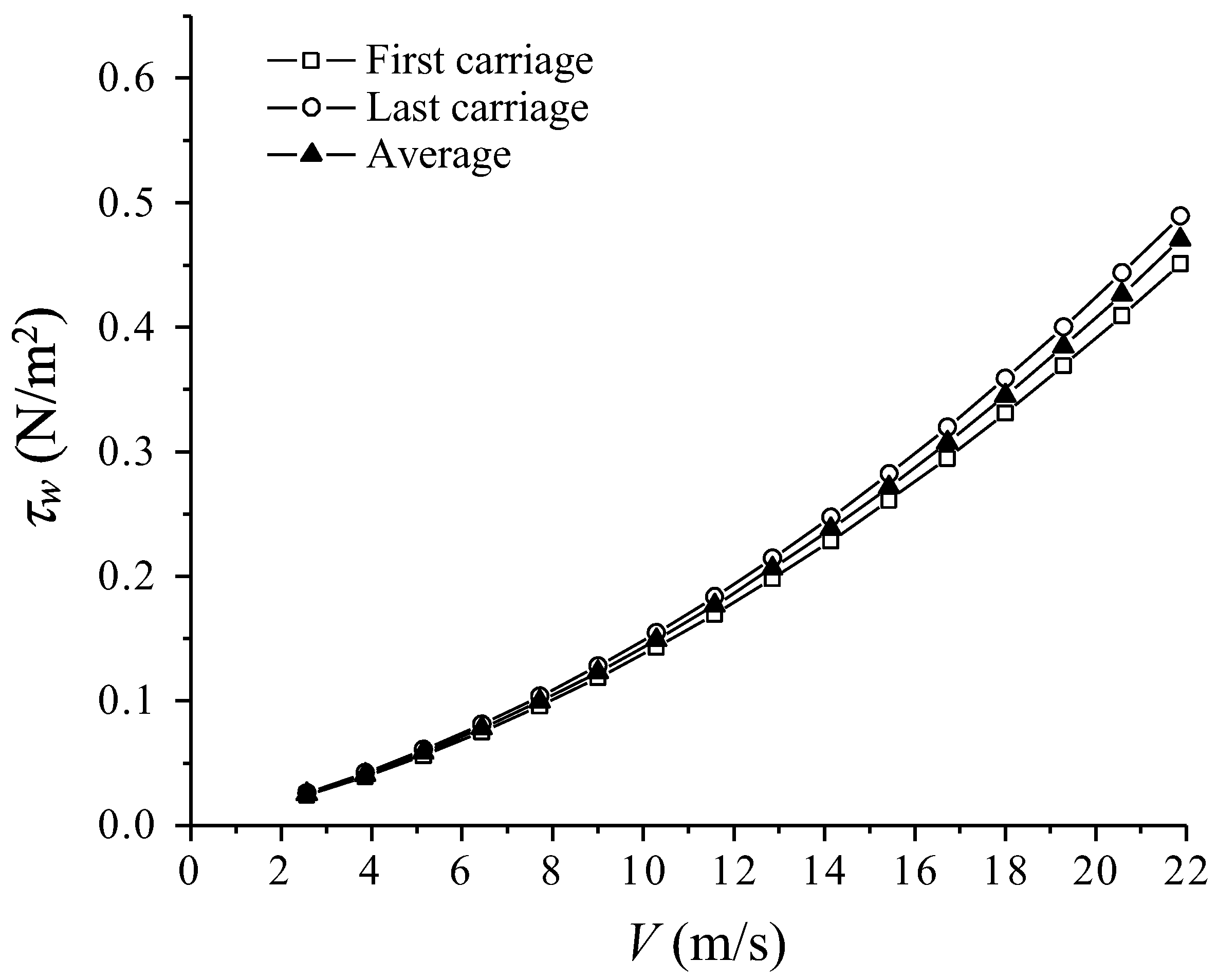
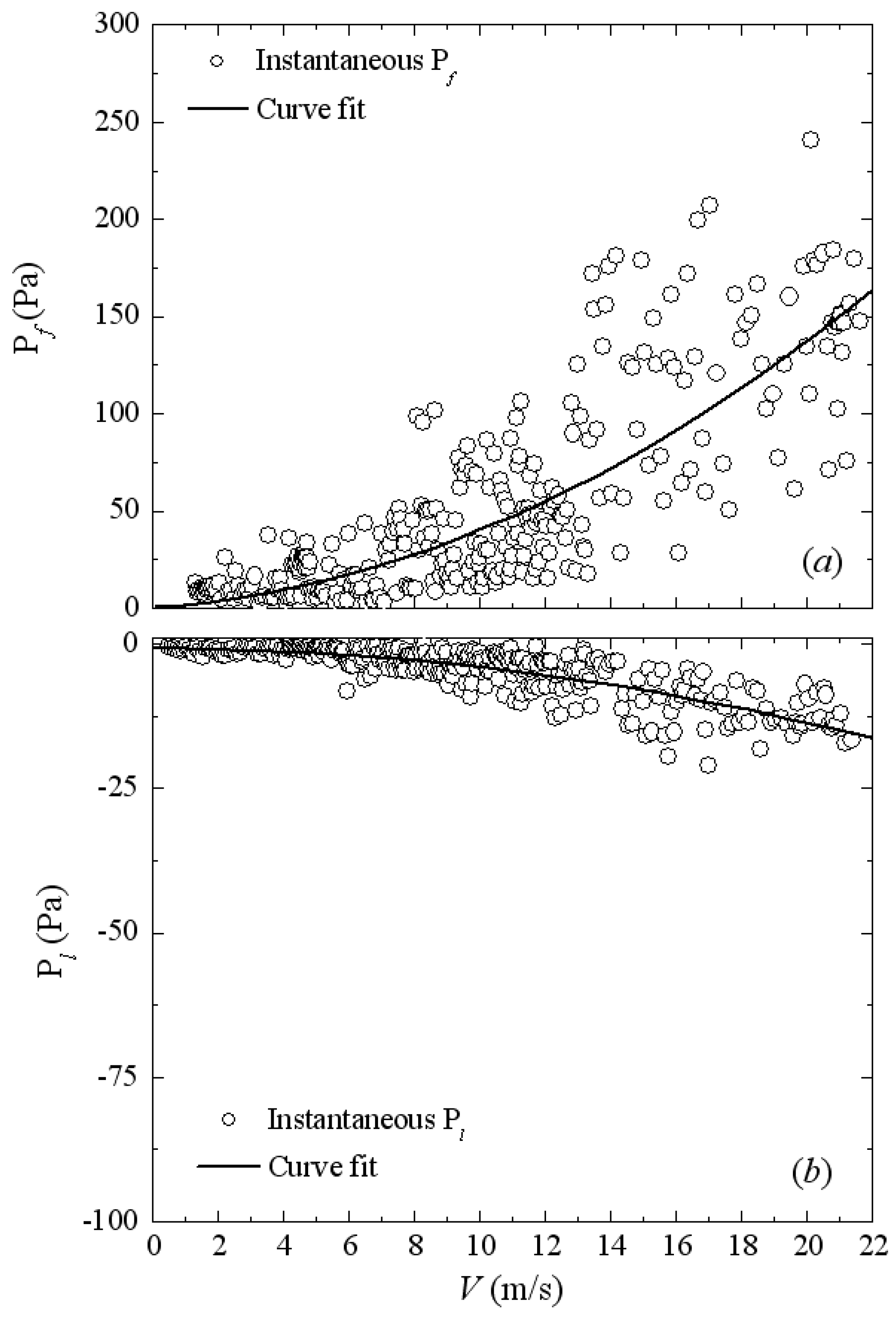

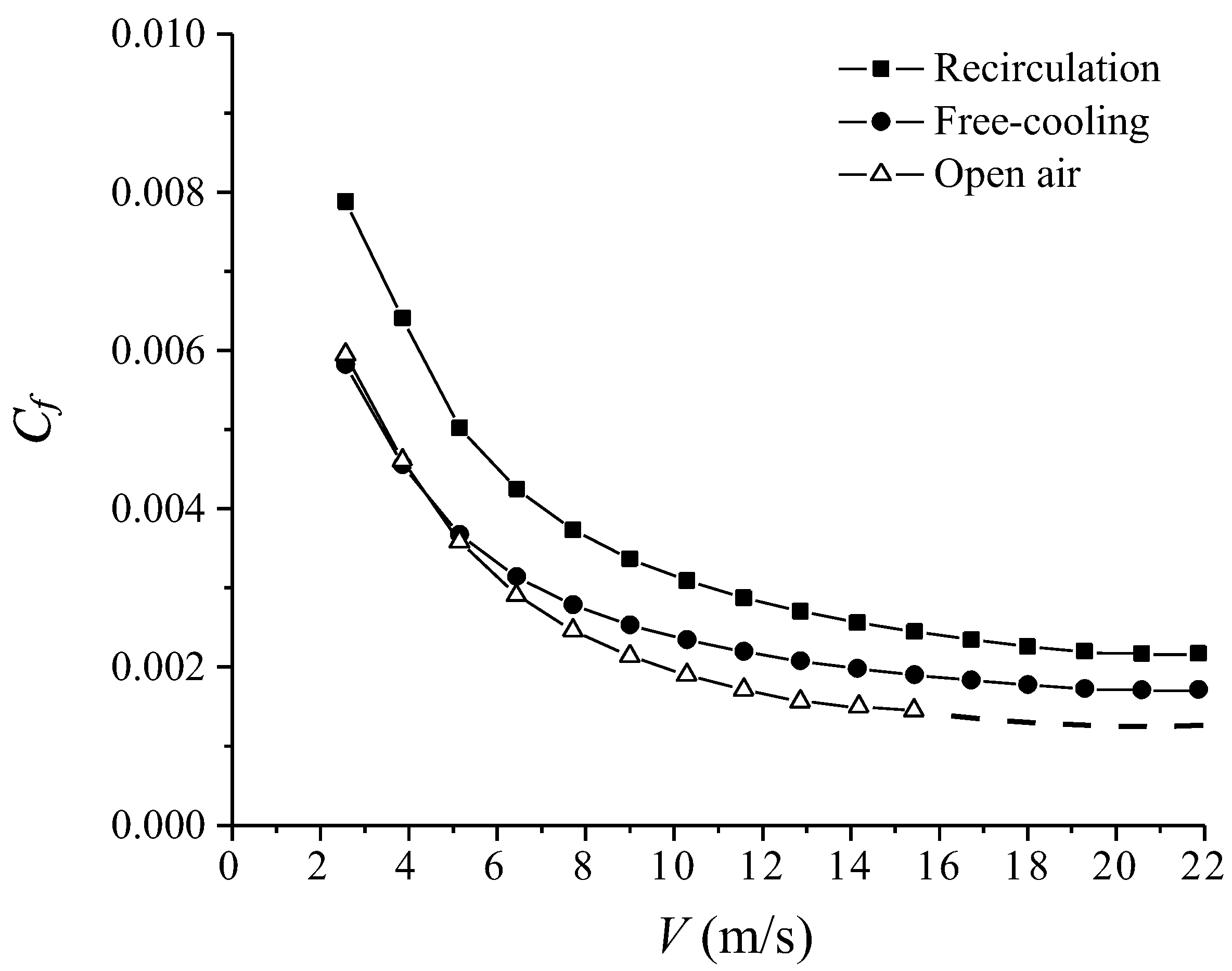

Publisher’s Note: MDPI stays neutral with regard to jurisdictional claims in published maps and institutional affiliations. |
© 2022 by the authors. Licensee MDPI, Basel, Switzerland. This article is an open access article distributed under the terms and conditions of the Creative Commons Attribution (CC BY) license (https://creativecommons.org/licenses/by/4.0/).
Share and Cite
Wang, H.; Tian, H.; Du, J.; Zhou, Y.; Alam, M.M.; Huang, J.; Li, G. Effects of Tunnel and Its Ventilation Modes on the Aerodynamic Drag of a Subway Train. Appl. Sci. 2022, 12, 12428. https://doi.org/10.3390/app122312428
Wang H, Tian H, Du J, Zhou Y, Alam MM, Huang J, Li G. Effects of Tunnel and Its Ventilation Modes on the Aerodynamic Drag of a Subway Train. Applied Sciences. 2022; 12(23):12428. https://doi.org/10.3390/app122312428
Chicago/Turabian StyleWang, Hanfeng, Honglei Tian, Jian Du, Yu Zhou, Md. Mahbub Alam, Jiefeng Huang, and Guibo Li. 2022. "Effects of Tunnel and Its Ventilation Modes on the Aerodynamic Drag of a Subway Train" Applied Sciences 12, no. 23: 12428. https://doi.org/10.3390/app122312428





